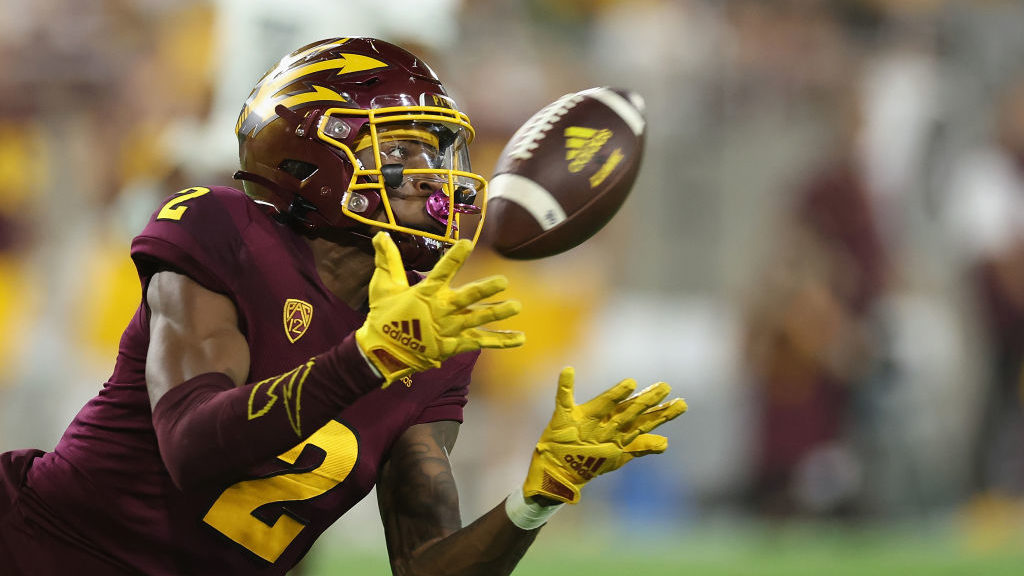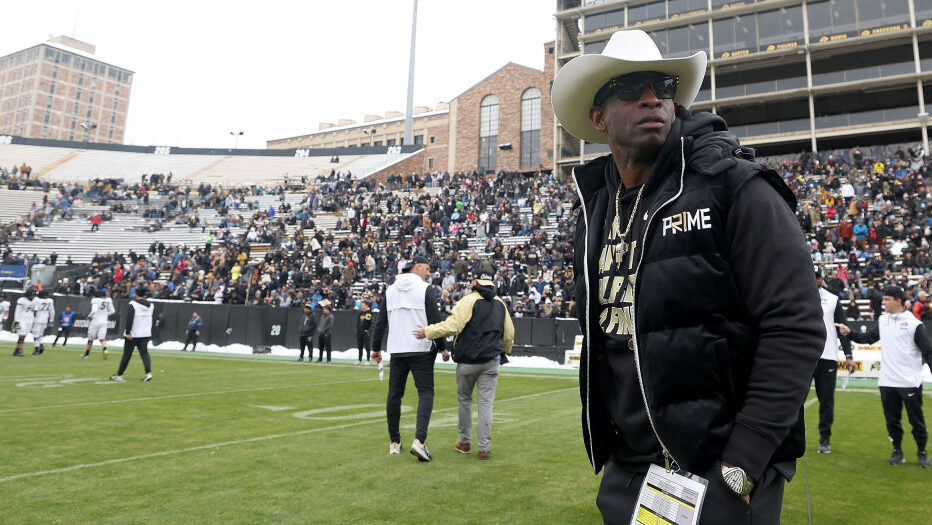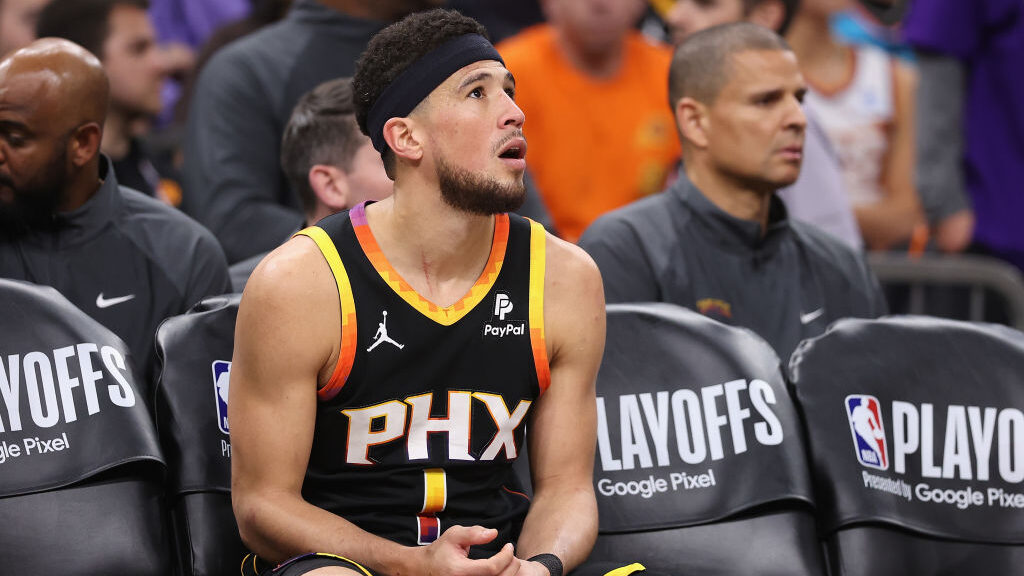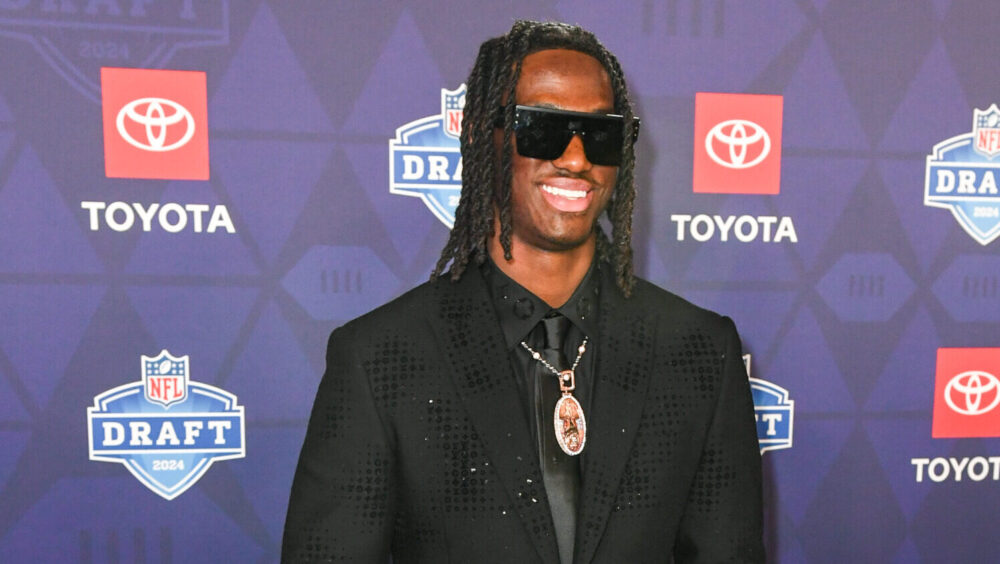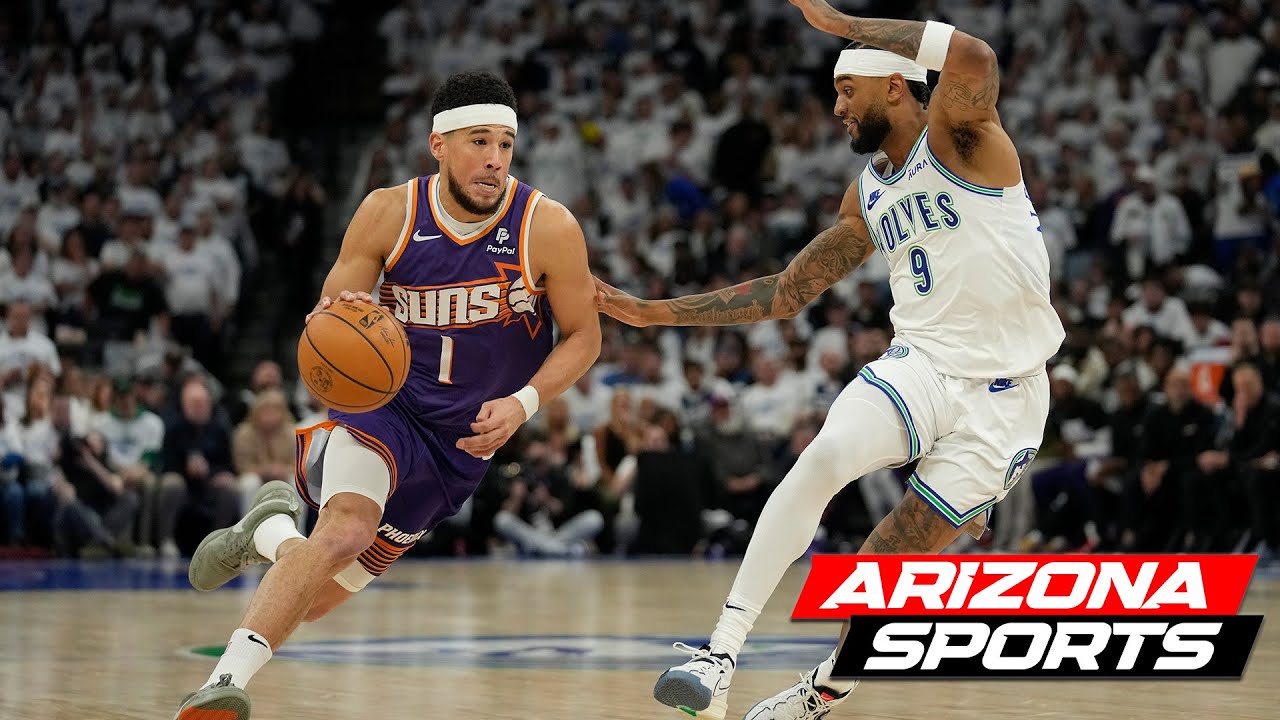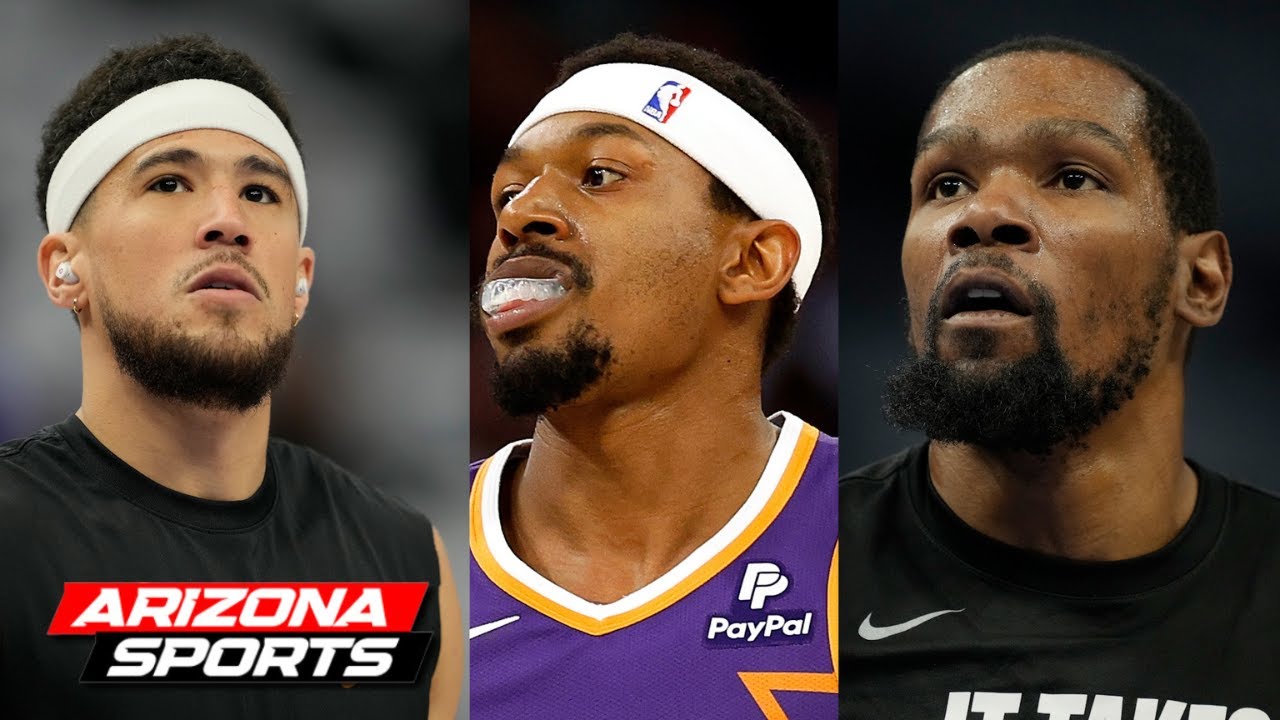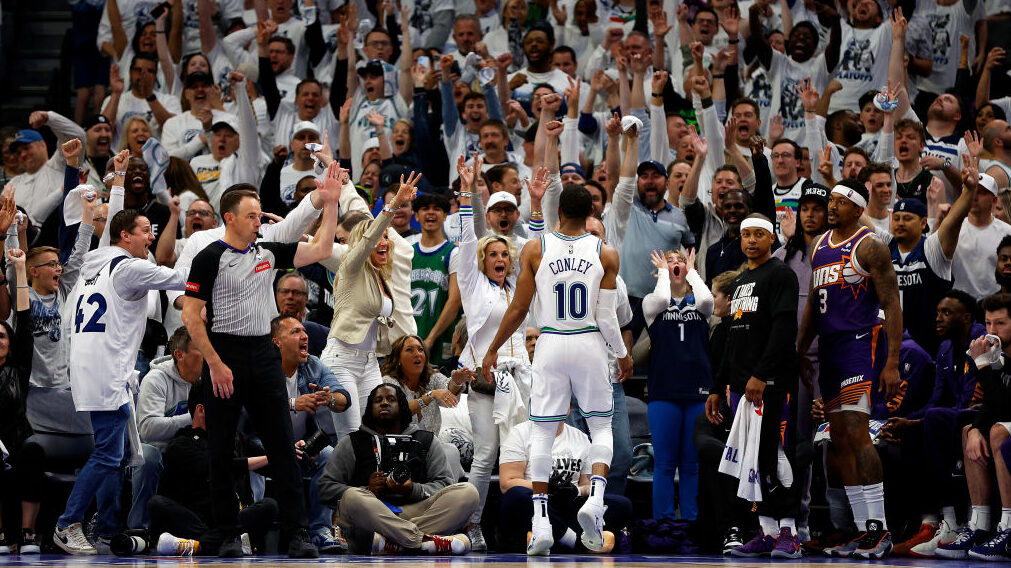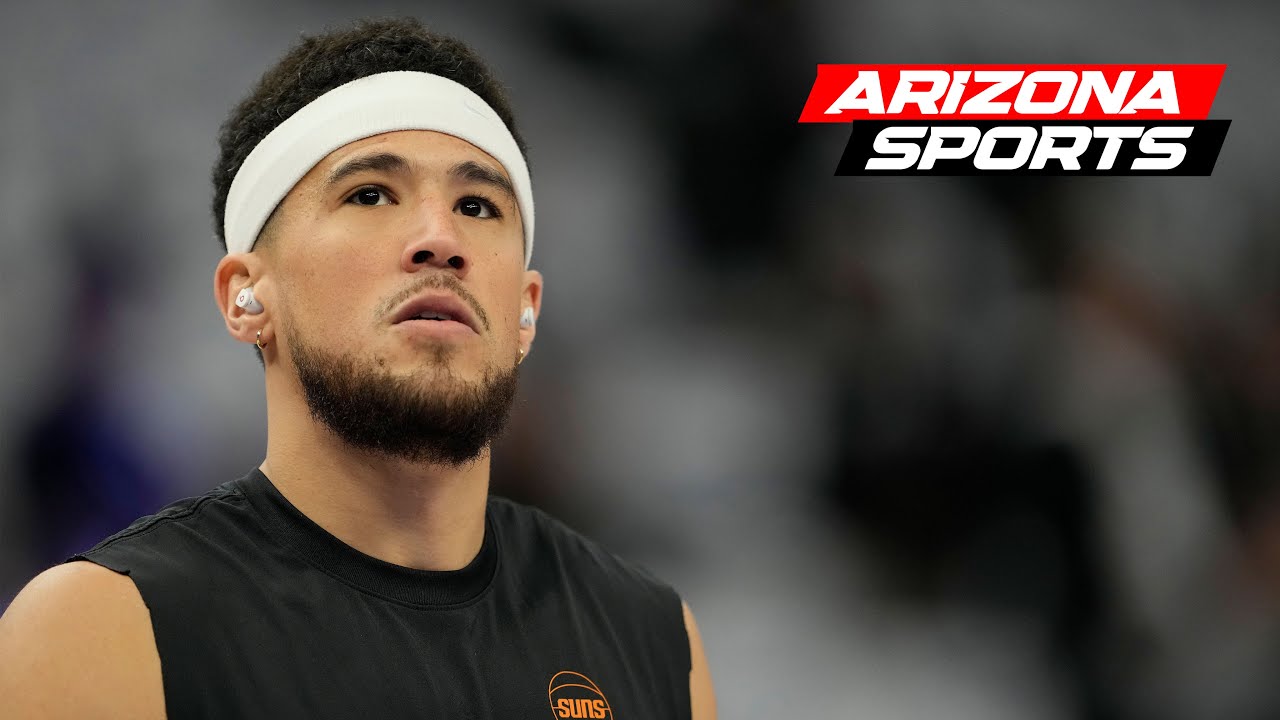Pac-12’s future only bleaker, reveals conference’s core issues
Jul 27, 2023, 5:58 PM
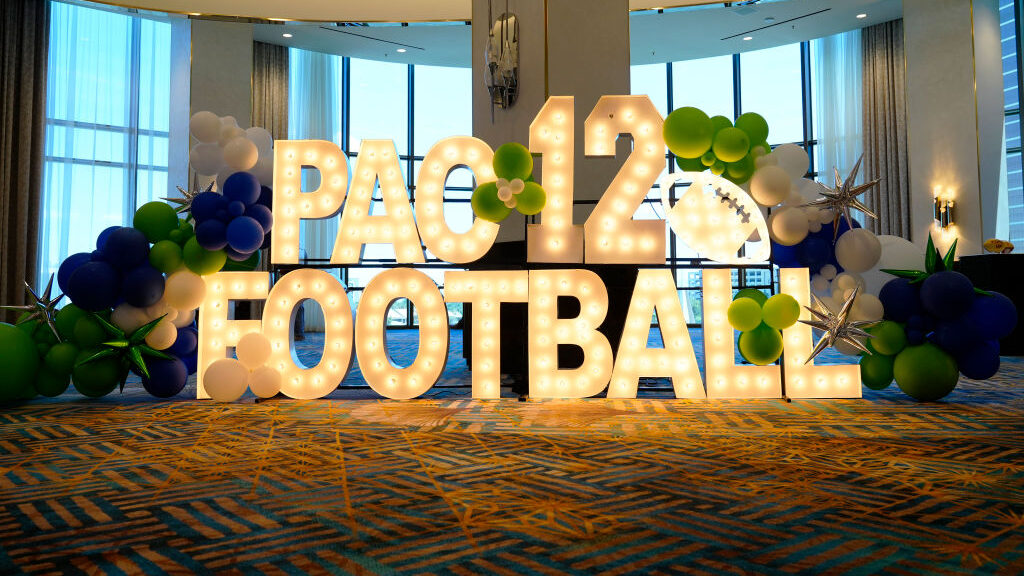
The Pac-12 Football display at Resorts World for Pac-12 Media Day at Zouk Nightclub at Resorts World Las Vegas on July 21, 2023 in Las Vegas, Nevada. (Photo by Louis Grasse/Getty Images)
(Photo by Louis Grasse/Getty Images)
In the awkward haze of adolescence, in search of meaning and time well spent, I started collecting beer cans. I scoured the alleys and garbage containers of Dolton, a blue-collar suburb on the southside of Chicago.
I quickly learned my new hobby was grotesque, at best; and that many of my neighbors had serious drinking problems.
There was a low-ceiling, moribund feeling to my neighborhood that made me yearn for something more, that made me believe a better view had to be available. And I never felt more enchanted than New Year’s Day, when I’d watch the Rose Bowl from afar, as if I were viewing life on another planet. It all looked so blue, so warm, so foreign, so desirable.
For that reason — for attaching real-life images to the idyllic dream I was seeking but couldn’t yet define — the Pac-12 has always been special to me. To me, it has always represented freedom.
Today, the Pac-12 is crumbling, and it feels like the bottom is about to fall out of the tub. It is now the Pac-9, which sounds like where golfers go to win the Masters. More defections are inevitable, and the next will likely kill the conference.
Today, commissioner George Kliavkoff is bearing the brunt of criticism, drawing comparisons to his predecessor and elitist boob, Larry Scott. Both deserve the blame, one more than the other. But both had the same foundational issue, an alibi that few will look in the face:
Neither commissioner could sell their product. Not for a number that reflected the perception of Pac-12’s value among those sitting in the ivory tower. Not for a number that leveled playing field with other Power Five conferences. Even worse, Kliavkoff’s empty hand and stalling tactics come at a time when the Pac-12 is loaded with elite quarterbacks. If not now, when?
The answer: Never. Not after USC and UCLA bailed on the Pac-12, demolishing the historical bridge of everything that came before them.
But the issue isn’t the commissioner. The issue is the conference, one that is addled by ego, arrogance and delusion.
If the Pac-12 was that great, it wouldn’t have a problem attracting a television partner. Especially at a time when live sports are the gold standard for advertisers, the only platform where viewers feel compelled to watch in real time, willing to sit through commercials.
Before the desertions, the Pac-12 was seemingly loaded with enviable markets: Los Angeles, San Francisco, Phoenix, Seattle and Denver. Meanwhile, the small-market schools played the role of spoilers in robust rivalries, from the Territorial Cup to the Apple Cup.
But West coast schools don’t have nearly the same level of fan support or engagement within their respective markets. To wit:
ASU is at the epicenter of a boom market, a metropolitan area now exceeding five million people. Yet new head coach Kenny Dillingham just issued a desperate appeal to his boosters, saying the University of Arizona is generating 3-4 times the amount of NIL funds. And here’s the bottom line:
Television makers aren’t looking at census figures. They’re looking at market engagement. They know the biggest cities on the Left Coast are all professional sports towns, where fans are oversaturated with options, beginning with the weather.
As a result, the potential death of the Pac-12 is a hard swallow for many college football fans. Because it’s not just the potential death of a once-powerful football conference. It’s the death of an idea, and the death of a dream.


